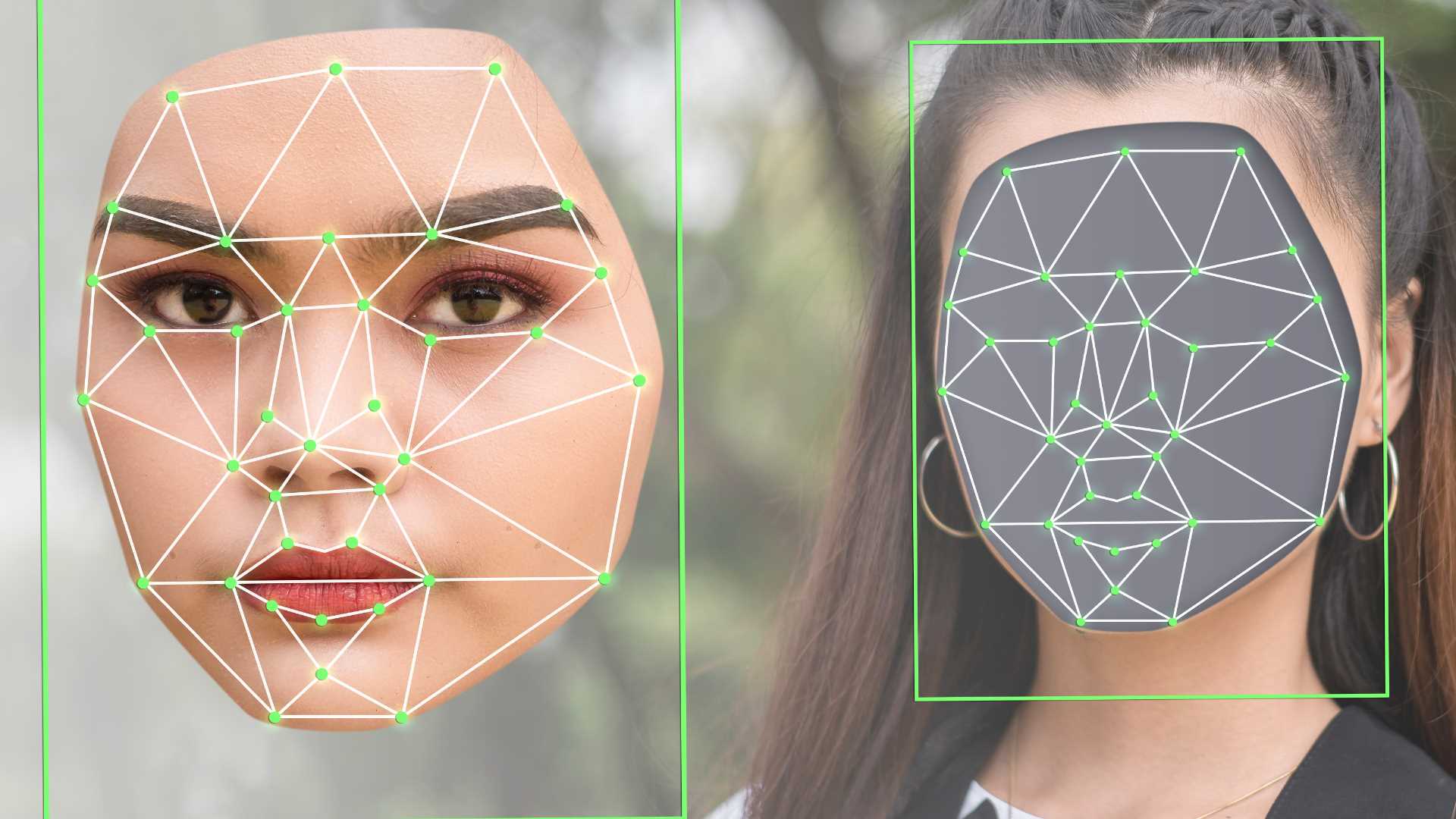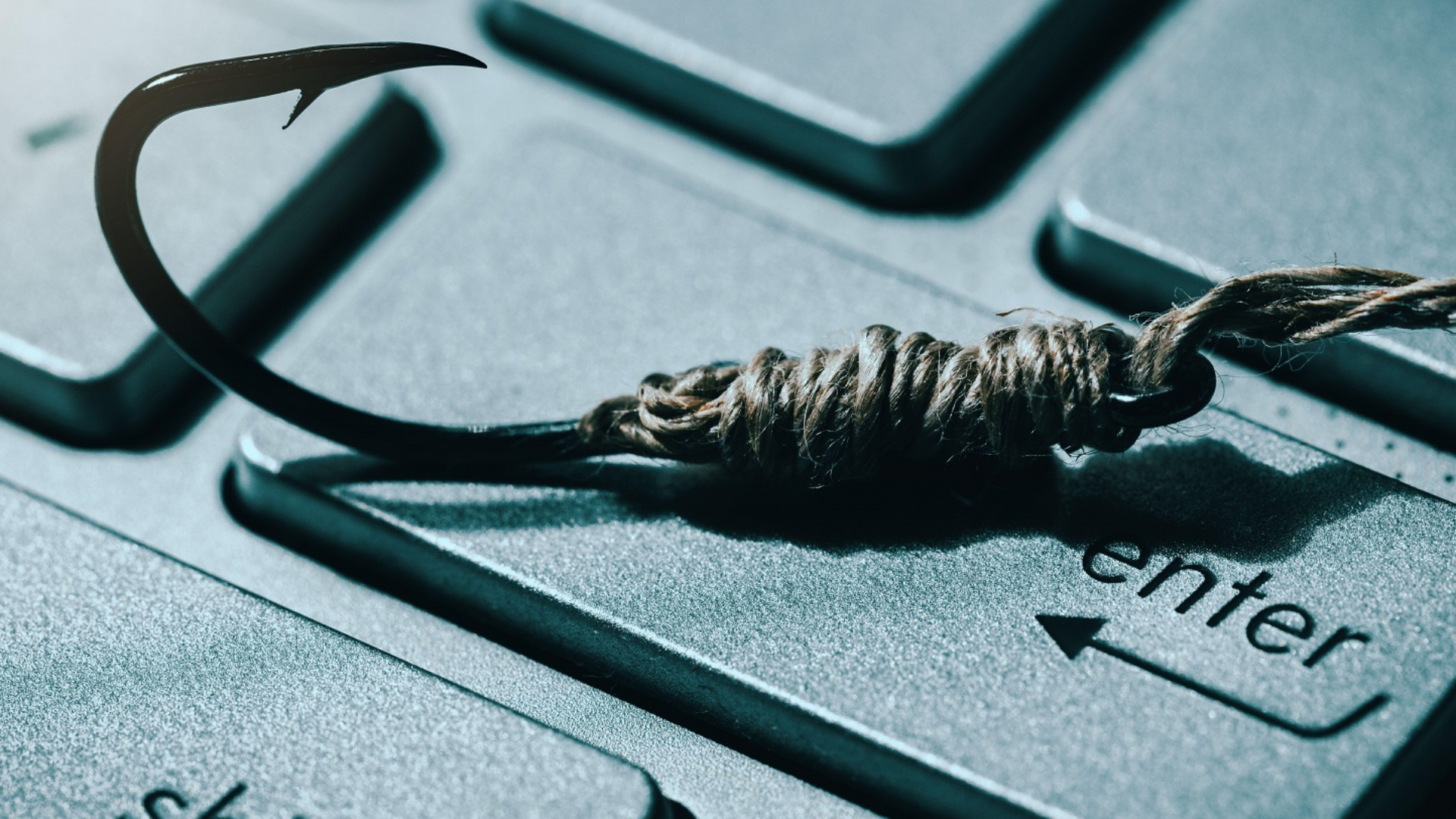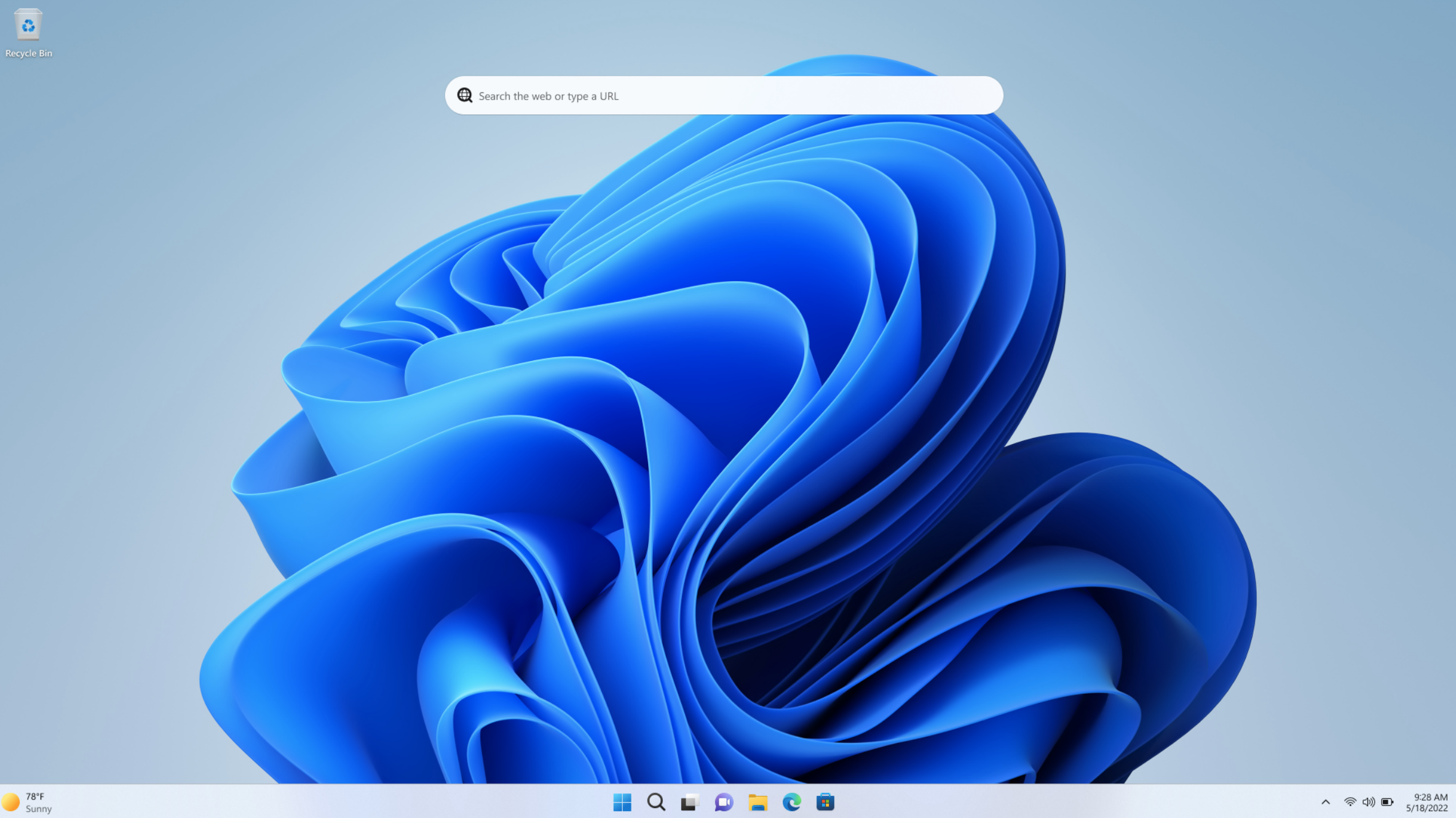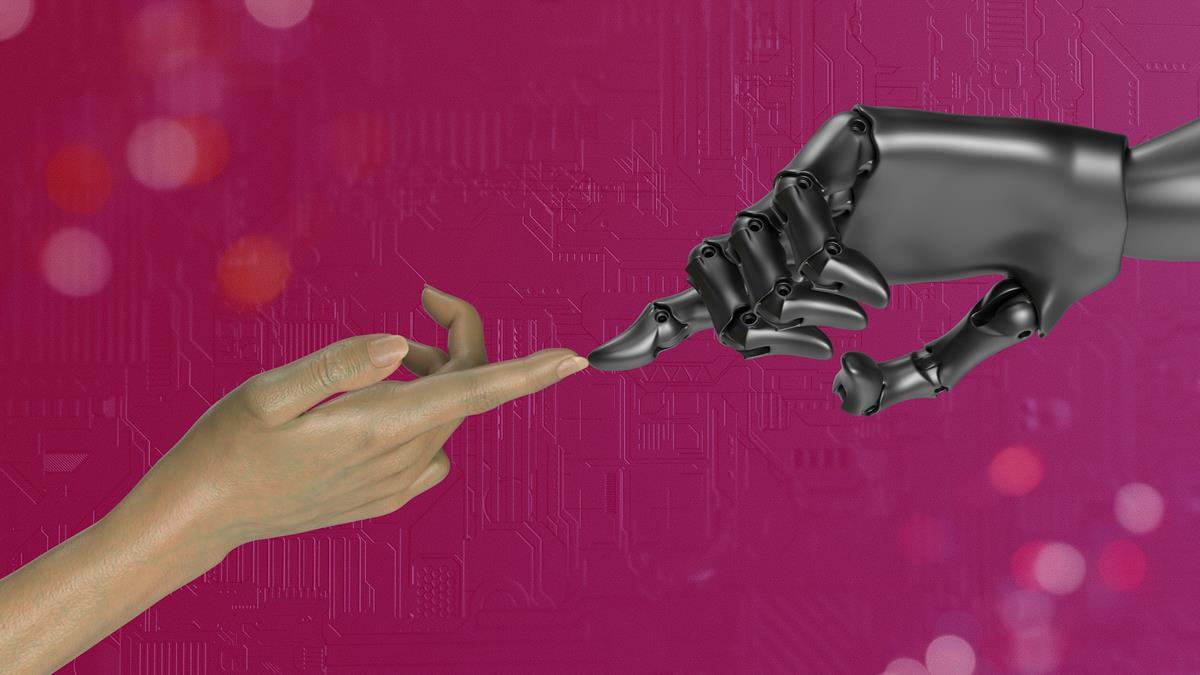Windows 10 dies in 2025: Why you shouldn’t brush off the risks
Microsoft will release the last update for Windows 10 with the Patchday on October 14, 2025, after which this version of Windows will no longer receive any updates. What does this mean for users? Windows 10 is not immediately insecure or no longer usable First of all, there is no need to panic about this date. Windows 10 will theoretically continue to run indefinitely, as Microsoft is not discontinuing the functionality of the operating system, there will “only” be no more updates from November. This means that you can continue to use Windows 10 in principle, but no more security gaps will be closed, for example. Chris Hoffman / IDG Of course, given that cyber attacks on companies and private individuals continue to increase, this can be a problem for Windows 10 users in the long term. This is because newly discovered security gaps in the operating system can give attackers access to the computer, its data, and the network. PCs connected to the internet in particular are then fundamentally less protected. However, the security functions of the operating system remain active, including malware protection. As a precaution, you can disconnect your PC from the internet completely, but this reduces the usefulness of the computer, especially in a private environment. In principle, there is nothing to be said against Windows 11, especially as Microsoft still allows you to update for free. Windows 10 upgrade to Windows 11 Ralf Liebhold/Shutterstock.com These are the real dangers for Windows 10 without support New security vulnerabilities are regularly discovered in the various versions of Windows — even years later. From October 2025, Microsoft will no longer close these in Windows 10, so the likelihood of malware gaining access to a PC increases with each passing day. As most PCs are connected to the internet via a router with a firewall, there is often no danger to be expected via this route. However, there are numerous websites that are contaminated with malware. MacPaw Moonlock Lab There are also emails that you receive or programs that you download. These can contain malware that spreads on your PC if the malware scanner does not recognize it. If you actively use your PC with the internet, especially in sensitive areas such as online banking, you should always update the operating system or switch to Linux, for example. In this case, using Windows 10 is too high a risk. As soon as Windows 10 is no longer supported, the developers of third-party software will also stop releasing updates for Windows 10 at some point. This will also make these programs less secure and in some cases no longer usable. This will not happen immediately, but it is an inevitable development. It therefore also makes sense to update your software for reasons of compatibility and security. Cyber criminals will focus heavily on Windows 10 According to Statcounter, Windows 10 still has a large market share of over 60 percent compared to just over 30 percent for Windows 11. The security company ESET estimates that 32 milion PCs are still running Windows 10 in Germany alone. This means that cyber criminals will increasingly focus on Windows 10 security vulnerabilities after the end of support because it will be worth it. As soon as these gaps are publicly known, tools and programs will appear that exploit them. From this moment on, users of the outdated operating system risk losing their data. Windows 10 blue screen Mashka/Shutterstock.com At the end of support for Windows 7 in 2020, the operating system only had a market share of 20 percent. It is therefore to be expected that many criminals are already working on attacks on Windows 10, if only because of the enormous spread of the operating system. Get Windows 11 pro for cheap Windows 11 Pro If malware has infiltrated a PC in the home network, all data is at risk, including that on internal network storage such as NAS devices.“It’s five to twelve to avoid a security fiasco in 2025. We strongly advise all users not to wait until October, but to switch to Windows 11 immediately or choose an alternative operating system if their device cannot be updated to the latest Windows operating system. Otherwise, users expose themselves to considerable security risks and make themselves vulnerable to dangerous cyber attacks and data loss,” explains IT security expert Thorsten Urbanski from ESET. Can you continue to use Windows 10 safely? Of course, it is not advisable to panic and immediately disconnect your PC from the internet or network in October. If you want to continue using Windows 10, you can book the Extended Security Updates program from Microsoft. This costs around $60

Microsoft will release the last update for Windows 10 with the Patchday on October 14, 2025, after which this version of Windows will no longer receive any updates. What does this mean for users?
Windows 10 is not immediately insecure or no longer usable
First of all, there is no need to panic about this date. Windows 10 will theoretically continue to run indefinitely, as Microsoft is not discontinuing the functionality of the operating system, there will “only” be no more updates from November. This means that you can continue to use Windows 10 in principle, but no more security gaps will be closed, for example.
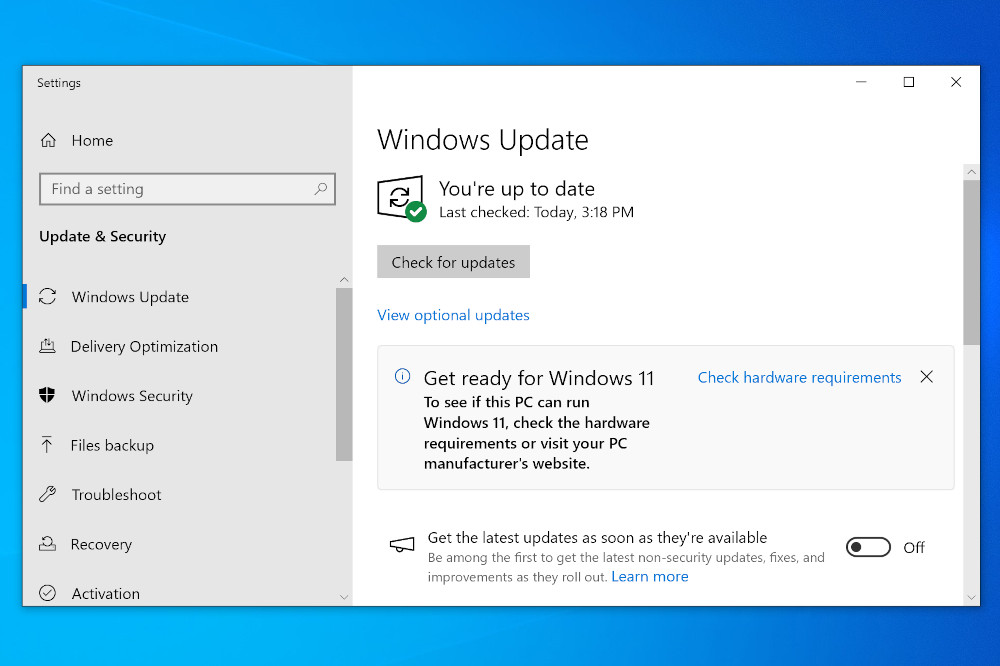
Chris Hoffman / IDG
Of course, given that cyber attacks on companies and private individuals continue to increase, this can be a problem for Windows 10 users in the long term. This is because newly discovered security gaps in the operating system can give attackers access to the computer, its data, and the network. PCs connected to the internet in particular are then fundamentally less protected. However, the security functions of the operating system remain active, including malware protection.
As a precaution, you can disconnect your PC from the internet completely, but this reduces the usefulness of the computer, especially in a private environment. In principle, there is nothing to be said against Windows 11, especially as Microsoft still allows you to update for free.
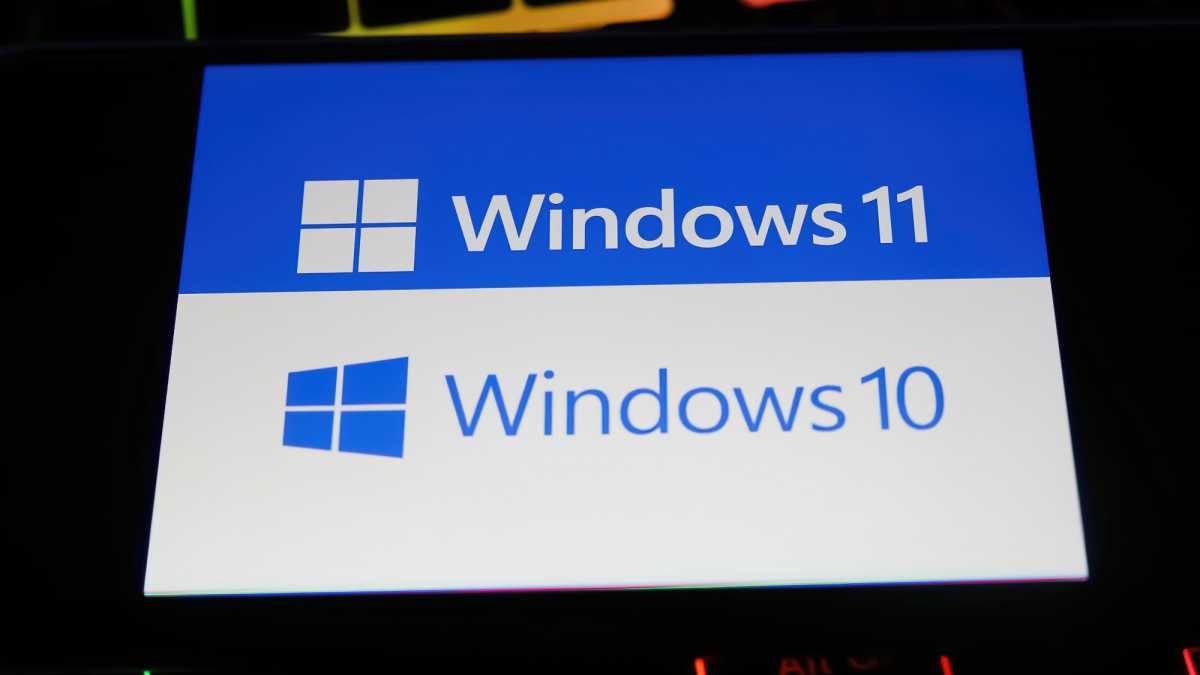
Windows 10 upgrade to Windows 11
Ralf Liebhold/Shutterstock.com
These are the real dangers for Windows 10 without support
New security vulnerabilities are regularly discovered in the various versions of Windows — even years later. From October 2025, Microsoft will no longer close these in Windows 10, so the likelihood of malware gaining access to a PC increases with each passing day. As most PCs are connected to the internet via a router with a firewall, there is often no danger to be expected via this route. However, there are numerous websites that are contaminated with malware.
There are also emails that you receive or programs that you download. These can contain malware that spreads on your PC if the malware scanner does not recognize it. If you actively use your PC with the internet, especially in sensitive areas such as online banking, you should always update the operating system or switch to Linux, for example. In this case, using Windows 10 is too high a risk.
As soon as Windows 10 is no longer supported, the developers of third-party software will also stop releasing updates for Windows 10 at some point. This will also make these programs less secure and in some cases no longer usable. This will not happen immediately, but it is an inevitable development. It therefore also makes sense to update your software for reasons of compatibility and security.
Cyber criminals will focus heavily on Windows 10
According to Statcounter, Windows 10 still has a large market share of over 60 percent compared to just over 30 percent for Windows 11. The security company ESET estimates that 32 milion PCs are still running Windows 10 in Germany alone. This means that cyber criminals will increasingly focus on Windows 10 security vulnerabilities after the end of support because it will be worth it. As soon as these gaps are publicly known, tools and programs will appear that exploit them. From this moment on, users of the outdated operating system risk losing their data.
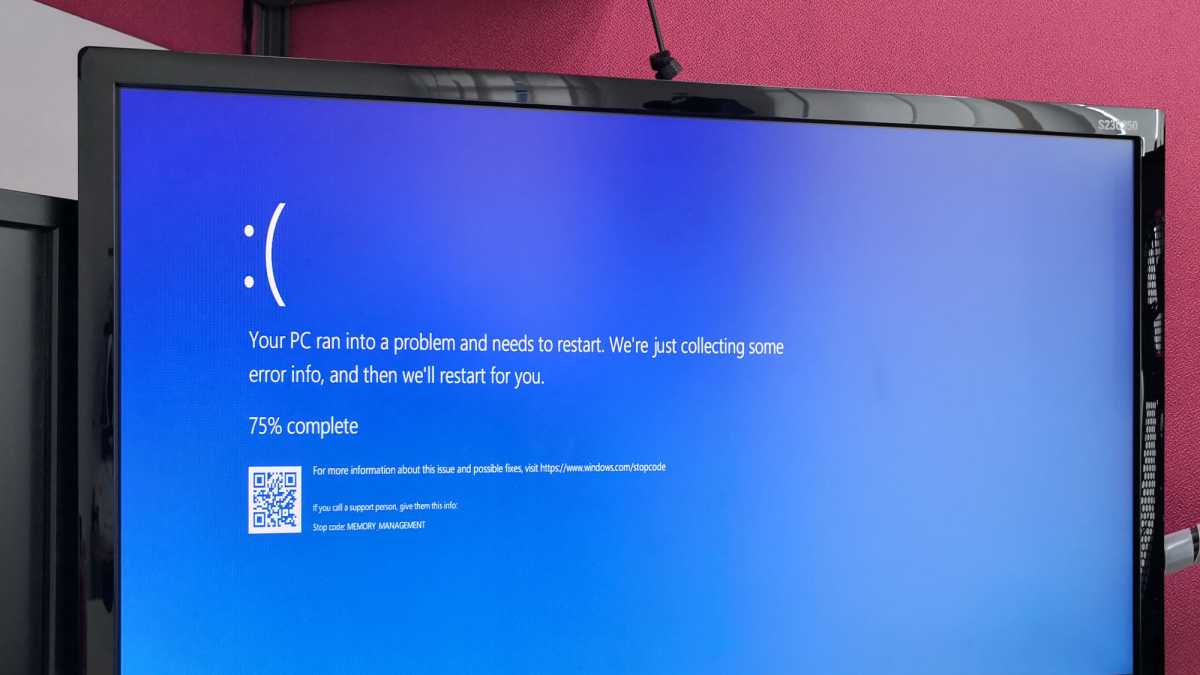
Windows 10 blue screen
Mashka/Shutterstock.com
At the end of support for Windows 7 in 2020, the operating system only had a market share of 20 percent. It is therefore to be expected that many criminals are already working on attacks on Windows 10, if only because of the enormous spread of the operating system.
If malware has infiltrated a PC in the home network, all data is at risk, including that on internal network storage such as NAS devices.“It’s five to twelve to avoid a security fiasco in 2025. We strongly advise all users not to wait until October, but to switch to Windows 11 immediately or choose an alternative operating system if their device cannot be updated to the latest Windows operating system. Otherwise, users expose themselves to considerable security risks and make themselves vulnerable to dangerous cyber attacks and data loss,” explains IT security expert Thorsten Urbanski from ESET.
Can you continue to use Windows 10 safely?
Of course, it is not advisable to panic and immediately disconnect your PC from the internet or network in October. If you want to continue using Windows 10, you can book the Extended Security Updates program from Microsoft. This costs around $60 for the first year until October 2026. In this case, you will continue to receive updates from Microsoft. This extension runs a total of three times until October 2028, after which updates will also stop.
An alternative that you can already use now is the 0Patch security solution. This is a company that provides security updates for Windows 10 until 2030. However, the company’s cloud-based software does not update the Windows 10 system files, but activates the patches in the computer’s RAM. This means they have to be reloaded every time the computer is started. The software is even free to use. If you want more comprehensive protection, you can book the paid version for a little more than $25 per year (25 euros).
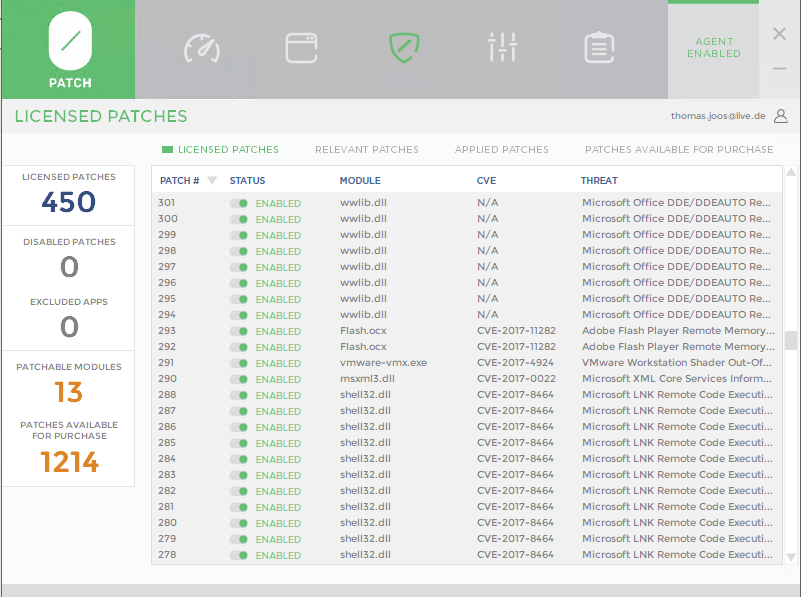
Thomas Joos
There are many tips on the internet about using the Windows 10 IoT Enterprise LTSC 2021 operating system. This basically corresponds to Windows 10 Enterprise with all functions and will receive updates until 2032, but its use as an office PC is not permitted under licence law. Technically, however, you can safely use the operating system after purchase until 2032. There are also enough solutions for protection against malware that you can use in parallel, some of which are completely free of charge.
For most people, updating to Windows 11 is the easiest option
Of course, not all hardware supports Windows 11, but where installation is not a problem, you should carry out the free update. The operation of Windows 11 is still very similar to that of Windows 10 and you will continue to receive security updates and new functions. Before updating, check that all the applications and tools you use are compatible with Windows 11.
In general, it is also very useful to make a complete backup of the operating system on an external hard drive and create a rescue disc beforehand. This can be done free of charge in Windows 10 and Windows 11 with on-board tools.
The data snooping of Windows 11 can be deactivated with on-board resources and free tools, for example with ShutUp10 . Run “tpm.msc” to check whether your PC has a TPM module. This is necessary for the update. If the tool does not display the TPM, check the BIOS to see if it is switched off. If your PC’s hardware has problems with Windows 11, it may be time to buy a new PC.

















